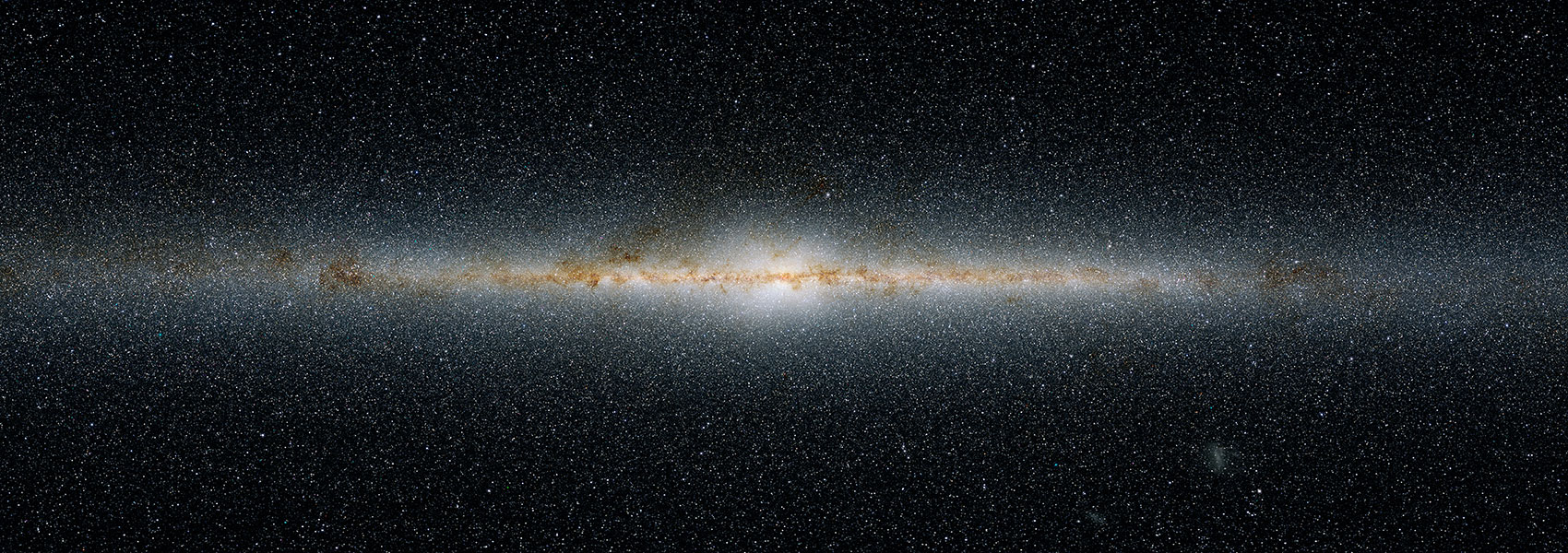April
2014
•
2014ApJ...785...18M
Authors
•
Morishita, Takahiro
•
Ichikawa, Takashi
•
Kajisawa, Masaru
Abstract
•
We analyze the recently released Hubble Space Telescope/Wide Field Camera 3 IR images in the GOODS-N region to study the formation and evolution of quiescent galaxies (QGs). After examining the reliability of two-dimensional light profiles with artificial galaxies, we obtain the morphological parameters with Sérsic profile of 299 QGs and 1083 star-forming galaxies (SFGs) at z ~ 0.5-3.0, finding the evolution of r e and n of massive (M * >= 1010.5 M ⊙) QGs and weaker evolution of SFGs and less massive (M * < 1010.5 M ⊙) QGs. The regression of the size evolution of massive QGs follows r_{e}\propto (1+z)^{-\alpha _{r_{e}}} with \alpha _{r_{e}}=1.06+/- 0.19 (a factor of ~2.2 increases from z ~ 2.5 to ~0.5), which is consistent with the general picture of the significant size growth. For the further understanding of the evolution scenario, we study the evolution of the Sérsic index, n, and find that massive QGs significantly evolve as n\propto (1+z)^{-\alpha _n} with α n = 0.74 ± 0.23 (n ~ 1 at z ~ 2.5 to n ~ 4 at z ~ 0.5), while those of the other populations are unchanged (n ~ 1) over the redshift range. The results in the present study are consistent with both observations and numerical simulations where a gas-poor minor merger is believed to be the main evolution scenario. By taking the connection with less massive QGs and SFGs into account, we discuss the formation and evolution of the massive QGs over "Cosmic High Noon", or the peak of star-formation in the universe.
Links




